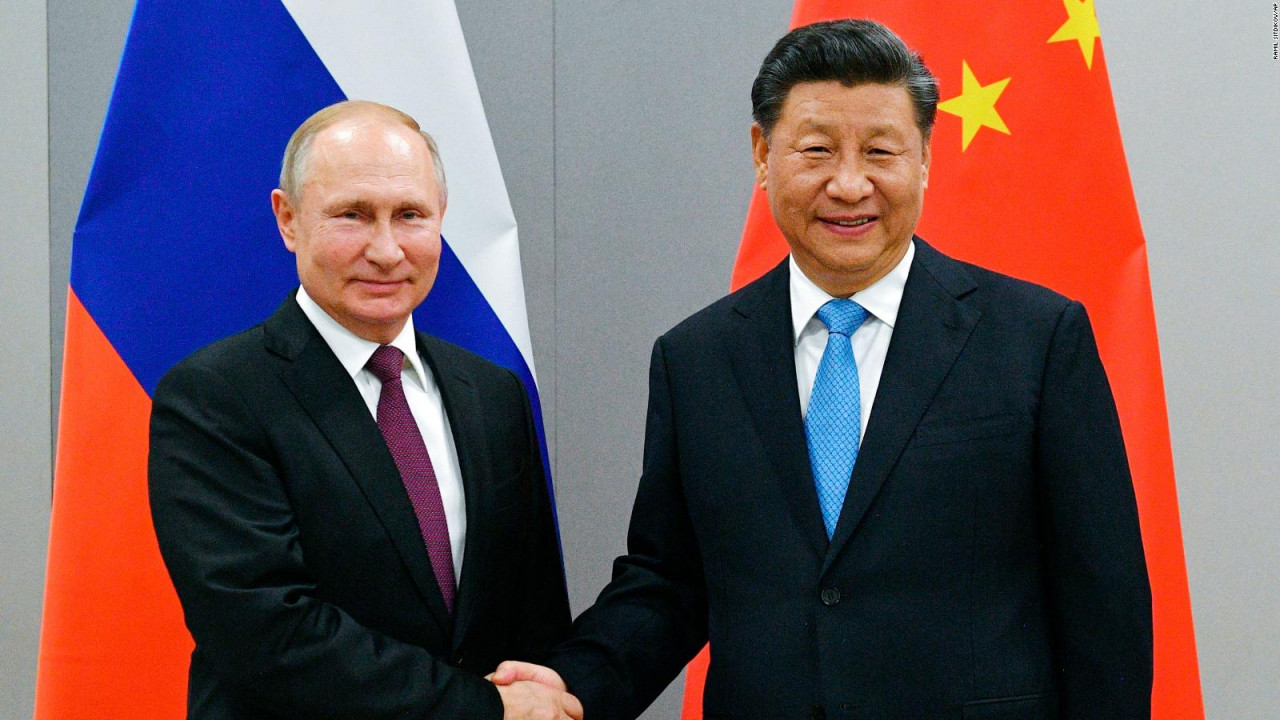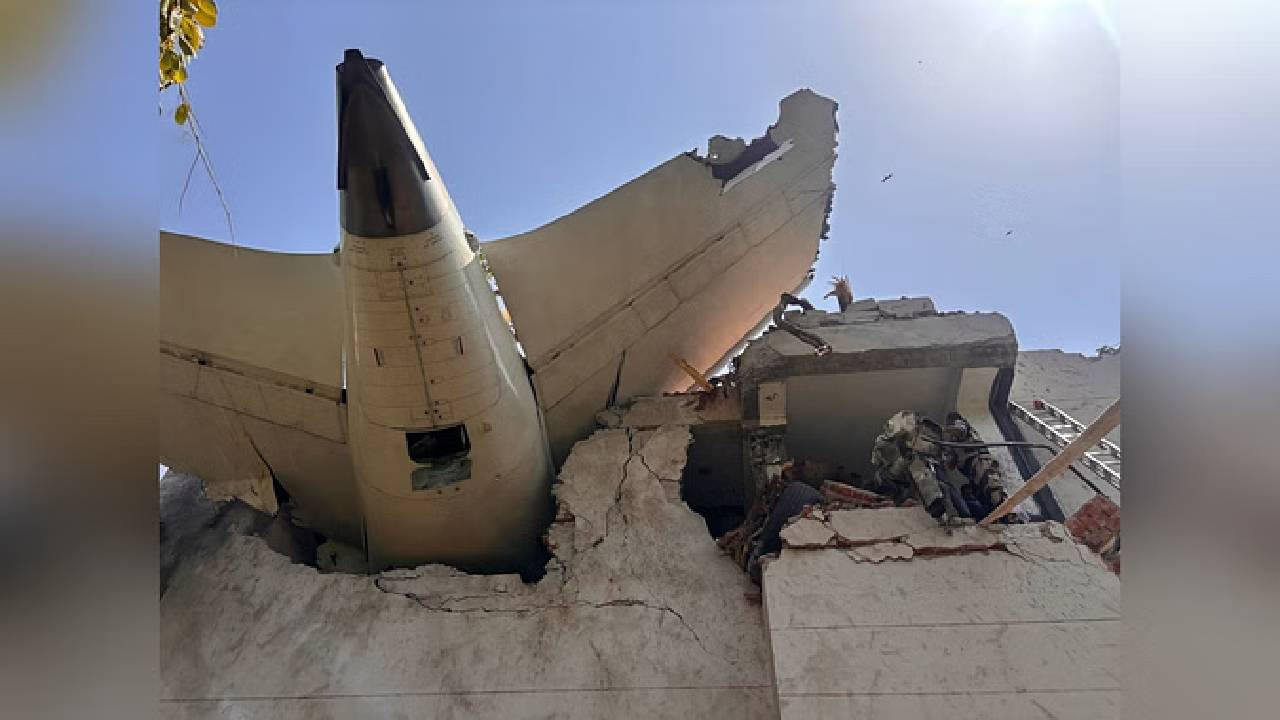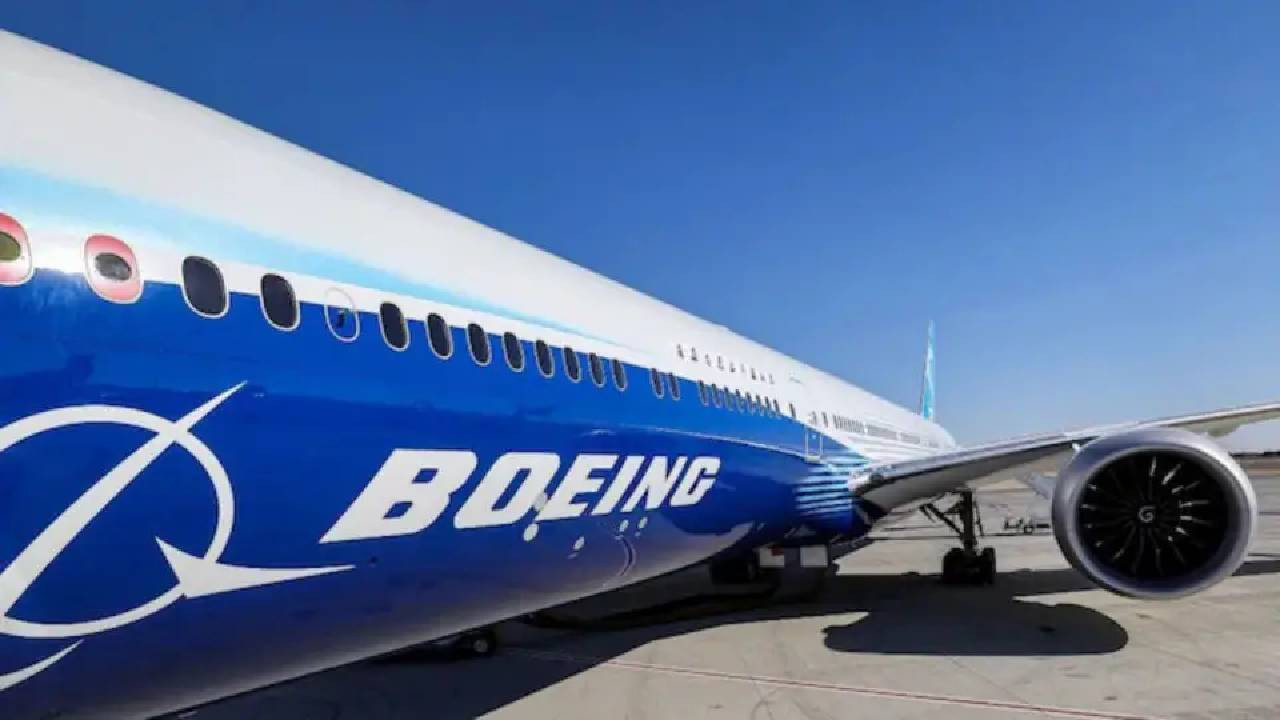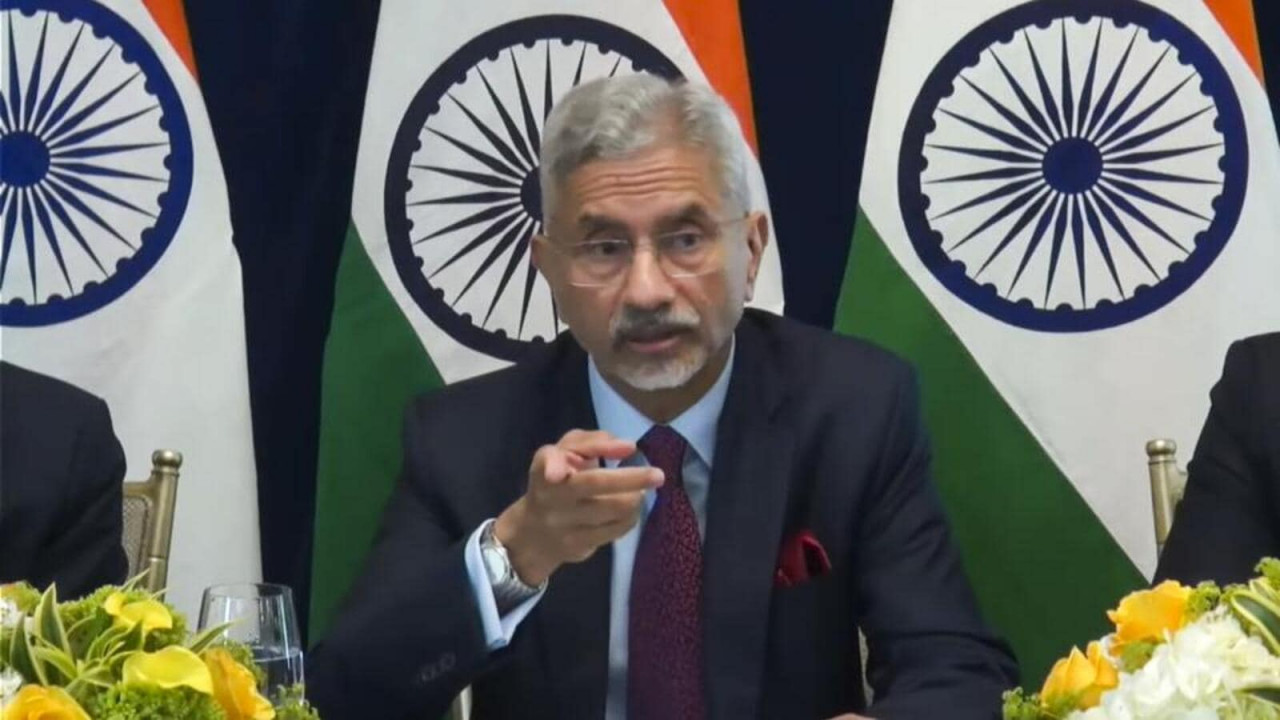International News:There is a significant shift happening in global security dynamics as Russia and China are on the brink of signing a nuclear treaty with the Southeast Asian Nations (ASEAN). This treaty, originally signed by ASEAN countries in 1995, ensured a nuclear-free region. Now, with the potential inclusion of Russia and China—two of the world's leading nuclear powers—this treaty could become a transformative factor in regional and global peace, providing a buffer against nuclear threats in Southeast Asia.
The ASEAN Nuclear-Free Zone
The ASEAN Treaty, created in 1995, has aimed to prevent the development or possession of nuclear weapons within the Southeast Asian region. This treaty has always been a symbol of peace, ensuring that countries like Brunei, Cambodia, Indonesia, Laos, Malaysia, Myanmar, the Philippines, Singapore, Thailand, and Vietnam remain free from nuclear weapons. With Russia and China now signaling interest in joining the treaty, it marks a new chapter in ensuring nuclear non-proliferation.
What Does It Mean If Russia and China Join?
If Russia and China join the Southeast Asian Nuclear Treaty, it would bring about a significant change. These countries, known for their substantial nuclear arsenals, would be agreeing not to deploy or use nuclear weapons in the Southeast Asian region. This move would ensure that no nuclear weapons are used, threatened, or stationed in ASEAN territories, providing a sense of security and stability to the member countries. A nuclear-free Southeast Asia would foster a more secure and peaceful regional environment.
U.S. Response: Uncertain Support
The United States, a key player in global geopolitics, has yet to respond positively to the idea of this treaty. According to reports, the U.S. is reconsidering its stance, unsure whether the treaty will affect its freedom of marine movement in the region. While the treaty aims to bring peace to Southeast Asia, the U.S. is evaluating the long-term strategic impact, particularly in the South China Sea, an area of significant maritime importance.
China's Shift in Diplomatic Strategy
China’s willingness to sign this treaty is a strategic shift. Despite increasing tensions with several ASEAN nations, including the Philippines, China's participation would be a guarantee that nuclear threats will be off the table. This diplomatic move would serve to reduce concerns over nuclear warfare in the region, maintaining peace despite ongoing territorial disputes. By signing, China could send a strong message about its commitment to regional stability.
A Milestone in Global Diplomacy
The inclusion of Russia and China, two nuclear-rich nations, into the ASEAN Nuclear-Free Treaty could reshape international relations. The willingness to join a non-nuclear agreement would demonstrate these countries’ commitment to peaceful coexistence in Southeast Asia, potentially setting an example for other nuclear powers. The treaty would help foster stronger relations between ASEAN and these global powers, reinforcing the significance of diplomacy over military conflict.
The treaty aims to solidify peace
The potential signing of the nuclear treaty by Russia and China marks a pivotal moment in global security. If they join the treaty, Southeast Asia will become an official nuclear-free zone, offering new hope for regional peace. While the United States remains hesitant, the overall diplomatic momentum is clear: the treaty aims to solidify peace, neutrality, and security in one of the world’s most geopolitically sensitive regions.












